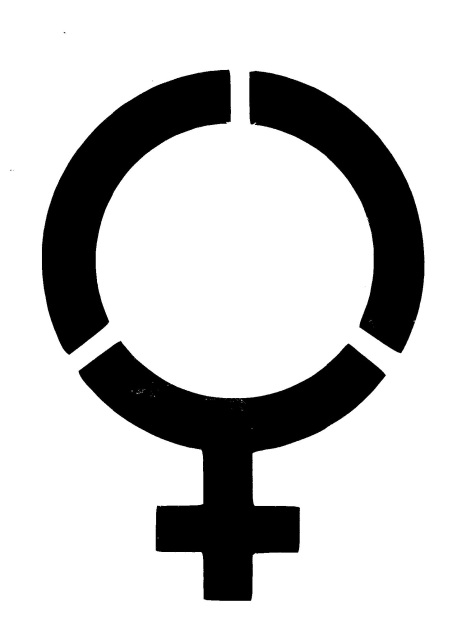

The genius behind the stick figure toilet signs, BBC Future (2014): "One of the best early examples of intuitive global signs for public lavatories was that created for British Rail in the mid-1960s. The stick-figure pictograms were popularized with their introduction by British Rail in the 1960s. ^ a b Sex-segregated public bathrooms existed since at least the 1880s, originally labelled in writing.^ Niki Simpson, Botanical symbols: a new symbol set for new images, Botanical Journal of the Linnean Society, Volume 162, Issue 2, February 2010, Pages 117–129."The Origin of the Male and Female Symbols of Biology". In mainland China, silhouettes of heads in profile may be used as gender pictograms, generally alongside the written words ( 男 for male and 女 for female).

In many locations, a realistic or cartoonish image or figurine of a man and woman or boy and girl are used, often themed to the establishment. In the United States, accessibility laws require both pictograms and geometric symbols be used, either together or separately, with the genealogical symbols of a circle ○ for female, triangle △ for male, and triangle inscribed in a circle 🟕 ( ) for unisex, while in Poland a circle ○ and inverted triangle ▽ are used without a pictogram.
What us the symbol for female portable#
The modern symbols originate from use in the British Rail system, but are abstracted to varying degrees in different countries – for example, the circle-and-triangle variants (female) and (male) commonly found on portable toilets, to the extreme of a triangle △ (representing a dress) for female and an inverted triangle ▽ (representing broad shoulders) for male used in Lithuania. In public schools, the pictograms may be of children rather than of adults, with the girl distinguished by her hair. Since the 1960s, male and female pictograms – often color-coded blue and red – have become the norm for marking public toilets in much of the world, with the female symbol distinguished by a triangular skirt or dress, and in early years the male symbol stylized like a tuxedo. Schoolhouse outhouses in the 19th-century United States had ventilation holes in their doors that were shaped like a starburst Sun ✴ or like a crescent Moon ☾, respectively, to indicate whether it was the boys' or the girls' toilet. Main articles: Public toilet § Society and culture, and Unisex public toilet


 0 kommentar(er)
0 kommentar(er)
